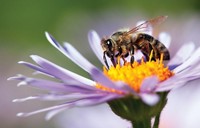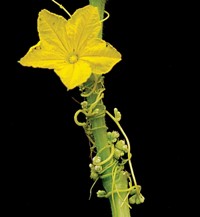Advertisement
Grab your lab coat. Let's get started
Welcome!
Welcome!
Create an account below to get 6 C&EN articles per month, receive newsletters and more - all free.
It seems this is your first time logging in online. Please enter the following information to continue.
As an ACS member you automatically get access to this site. All we need is few more details to create your reading experience.
Not you? Sign in with a different account.
Not you? Sign in with a different account.
ERROR 1
ERROR 1
ERROR 2
ERROR 2
ERROR 2
ERROR 2
ERROR 2
Password and Confirm password must match.
If you have an ACS member number, please enter it here so we can link this account to your membership. (optional)
ERROR 2
ACS values your privacy. By submitting your information, you are gaining access to C&EN and subscribing to our weekly newsletter. We use the information you provide to make your reading experience better, and we will never sell your data to third party members.
Biological Chemistry
Supermarket Produce Tracks Time
Harvested fruits and vegetables retain their cellular circadian clocks to cue production of nutritional and defensive compounds
by Sarah Everts
June 24, 2013
| A version of this story appeared in
Volume 91, Issue 25
Cabbage, spinach, sweet potatoes, carrots, and other types of produce can respond to the rise and fall of the sun for up to a week after harvest. The ability to track time through cellular circadian clocks has profound implications for the nutritional value of produce and its ability to withstand herbivores, notes a team of plant biochemists led by Janet Braam of Rice University (Curr. Biol. 2013, DOI: 10.1016/j.cub.2013.05.034). The change in light that occurs at sunrise cues plant cells to produce useful phytochemicals. These compounds, including 4-methylsulfinylbutyl glucosinolate, are produced at dawn to deter foraging by insect herbivores that normally feed at that time. Produce stored or transported in constant dark or light conditions may not generate enough of the protective compounds, making “the crop more susceptible to herbivory,” the team notes. Furthermore, continued production of 4-methylsulfinylbutyl glucosinolate is desirable because the compound has anticancer properties. The produce industry may want to synchronize light levels with the sun’s 24-hour cycle to improve the lifetime and nutritional value of produce, the researchers suggest.





Join the conversation
Contact the reporter
Submit a Letter to the Editor for publication
Engage with us on Twitter